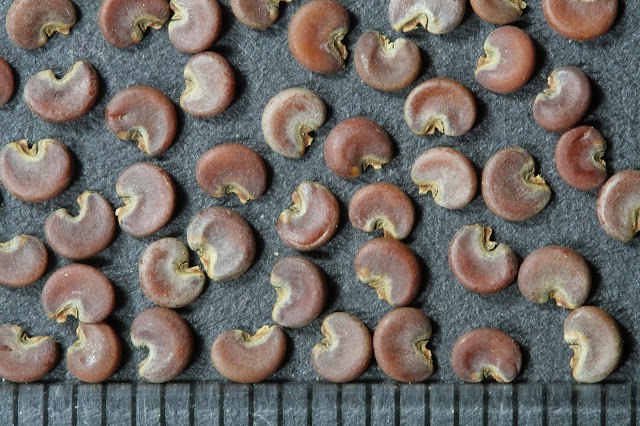Aconitum heterophyllum var. bractcatum Stapf.
Family: Ranunculaceae
Arabic Name(s): Khalequl Namr, Atees, اتیس، خالق النمر
Urdu Name(s): Atees, Sharangi, Atis Shireen, Patis, Chittijari
English Name(s): Indian Aconite
Parts Used
Root.
Quality/Temperament
Warm and dry in the second order.
Functions and Properties (Pharmacological Actions)
Considered by Traditional practitioners as the non-toxic variety of Aconitum Ferox Wall.; A. nepellusLinn. (bichnak). Antiperiodic, analgesic, local anodyne, aphrodisiac, carminative, anti phlegmatic, antiatrabilious, astringent, styptic, diaphoretic, resolvent of phlegm and antiflatulent.
Specific Action
Antiperiodic (alterative), alexipharmic (antidotal).
Medicinal Uses
Atees(various varieties of yellow, red, black) is used due to its astringent and styptic activities in diarrhea, dysentery, bleeding piles, menorrhagia. It is regarded as alexipharmic and aphrodisiac, removes corrupt humours and thus helps alleviate diseases arise due to malhumours. It is a useful digestive and often administered in dyspepsia associated with diarrhea. With rose flowers in equal quantity as powder is comparatively more beneficial for infants and children. Stops nausea and vomiting. With other suitable drugs and as powder alone given to relieve periodic attack of fevers (malarial). White and black varieties are regarded as tonic, strengthen the body, effective against bilious complaints and plethoric conditions. Considered as the best tonic to relieve convalescence following periodic fevers of long duration.
Compound Preparations
Ma'jun Jograj Guggal, Sufuf Habis, Ma'jun Bawasir, Ma'jun Murawweh ul-Arwah.
Dosage
As powder 1 to 2 g., as decoction 3 to 5 g. (approximately).
Corrigent
Cold and moist (nutritional) articles.
Tenedium
Cinchona (bark) as antiperiodic.
Comments
When taken in large doses may cause (severe) constipation regarded as particularly toxic for stomach. Its use may exert local anesthetic effect upon the tongue.








